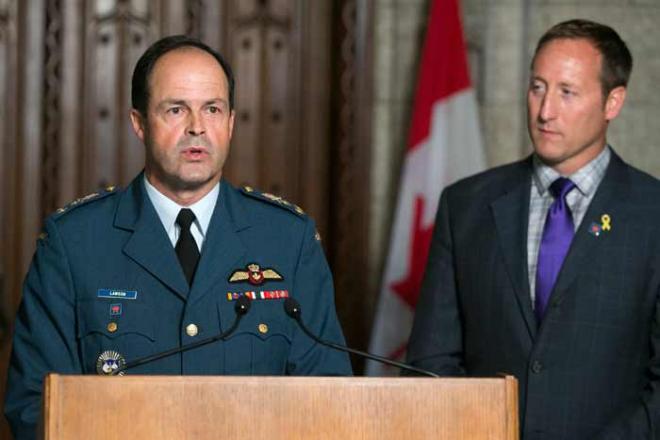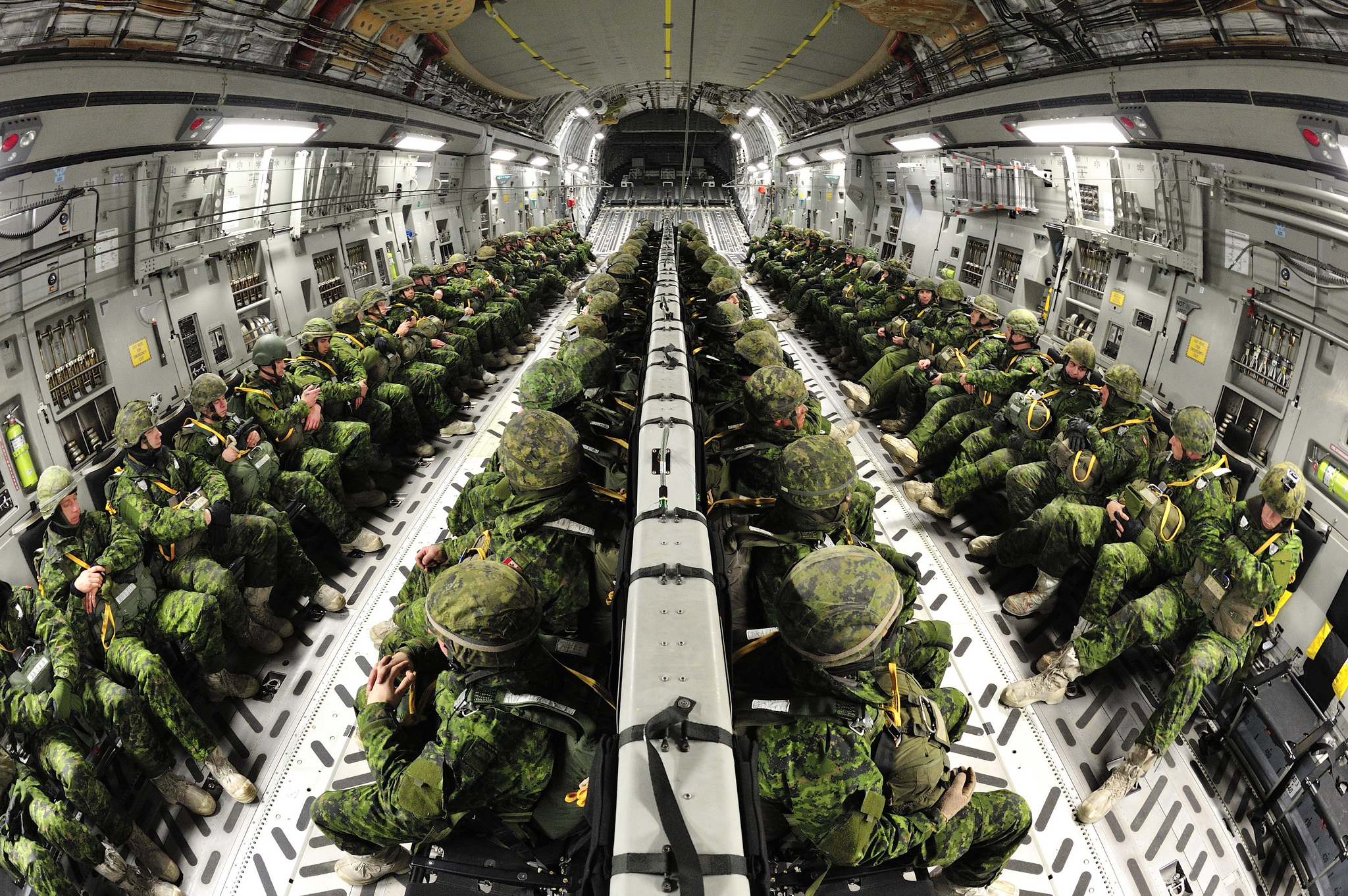Canada has experienced severe difficulty in terms of government procurement strategy. In 2008 the federal government implemented a plan called the Canada First Defense Strategy (CFDS), one that aims to provide a stable source of funding and long-term strategy for the modernization of the Canadian Forces over a 20-year period. With the CFDS the federal government has committed to $490 billion to provide personnel, equipment, and funds for maintenance of existing infrastructure. Of this sum, 12% or $60 billion is allotted for the procurement of equipment for the military. While this program may seem a step in the right direction for modernizing Canada’s Armed Forces, there have been several serious problems recently that have shed light on some of the complexities that exist with Canadian procurement policy. Defense analysts now consider the CFDS defunct due to fiscal constraints affecting defense spending.
[captionpix align=”left” theme=”elegant” width=”300″ imgsrc=”http://natoassociation.ca/wp-content/uploads/2014/02/4885.20110517-dnd_02.jpg”]
Procurement is a controversial topic because there are often wildly differing views in society on what tax-payers’ money should be spent on. The Canadian public generally does not see a need for increased defense procurement, particularly when defense expenditures are placed in the context of choosing between defense and health care, education, or other social programs.
What most agree on however is that governments have the ability to foster domestic industry through selective procurement that provides domestic firms with the capital needed for research, development, and technological innovation which is beneficial for the national economy. Defense is an interesting market because the buyers are almost entirely governments and each country has an interest in fostering domestic industry in order to support both sovereignty and economic growth. As a result a nation’s defense industrial capability is inevitably linked to government procurement policy.
Over the last three decades Canada has faced several large problems with government procurement. The most publicized of these is the maritime helicopter program designed to replace Canada’s aging fleet of Sikorsky Sea King helicopters. The attempts to replace the helicopters began in 1985 under the Progressive Conservative Government of Brian Mulroney. They were then cancelled in 1993 under Jean Chretien’s liberal government, to be later reinstated by the liberal government in 2004, yet as of February 2014 no helicopters have been accepted for delivery. The multi-billion dollar program has been plagued by cancellations, delays, lawsuits, and penalties and has cost Canadian taxpayers more than $500 million and the 50-year old fleet of Sea King helicopters remains in active duty.
The Sea King debate is ongoing amidst several other major military procurement blunders including a bid to purchase 108 close combat vehicles for Canadian ground forces. The $2 billion order was abruptly cancelled in December of 2013 after the army reconsidered their need for such vehicles in the immediate future, likely due to the drawdown of military operations in Afghanistan. The Canadian Royal Air Force has also been involved in procurement complications involving the Lockheed-Martin F-35 fighter jet. One of the most expensive Canadian military purchases, the F-35 is now expected to exceed $45 billion after several development and production delays with the state-of-the-art aircraft. In the case of the F-35 fighter jet and Sikorsky CH-148 Cyclone the underlying causes seem to be centered on the Canadian military’s desires to possess the most advanced military machinery. The as yet unproven F-35 is highly advanced and had not been fully developed when the Canadian government made a commitment to purchase 65 of the planes, which has resulted in many unforeseen delays and production problems.
The main issue with military procurement in Canada as well as other democratic nations is the constant transition between governments. Political struggles have been the bane of large-scale procurement projects as successive governments attempt to undo the work of their predecessors. While procurement is a primarily bureaucratic process, the politicization of its benefits and limitations has often led to large issues that have cost Canada hundreds of millions of dollars over the past two decades and has caused many lives to be endangered by the failures of antiquated equipment. The implementation of a coherent and transparent procurement process to guide current and successive governments in defense procurement would reduce the possibility of politically driven project delays and cancellations.
At a time of constrained government budgets around the world, the Canadian government needs to better anticipate these procurement complications in order to avoid wasting money to replace obsolete equipment. The Canada First Defense Strategy will not be able to effectively modernize the Canadian Armed Forces unless the available funds are used in an efficient and effective manner. Maybe this means not procuring the most advanced equipment and instead focusing on reliability and longevity when assessing potential purchases with public funds.




